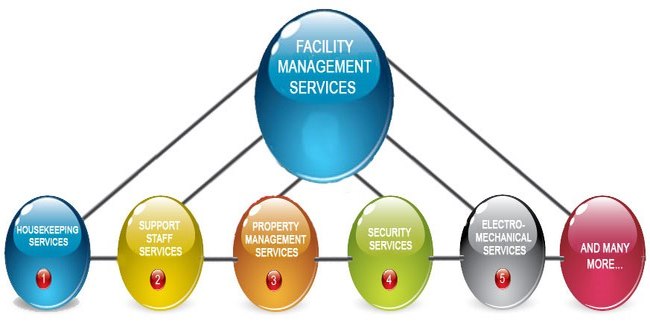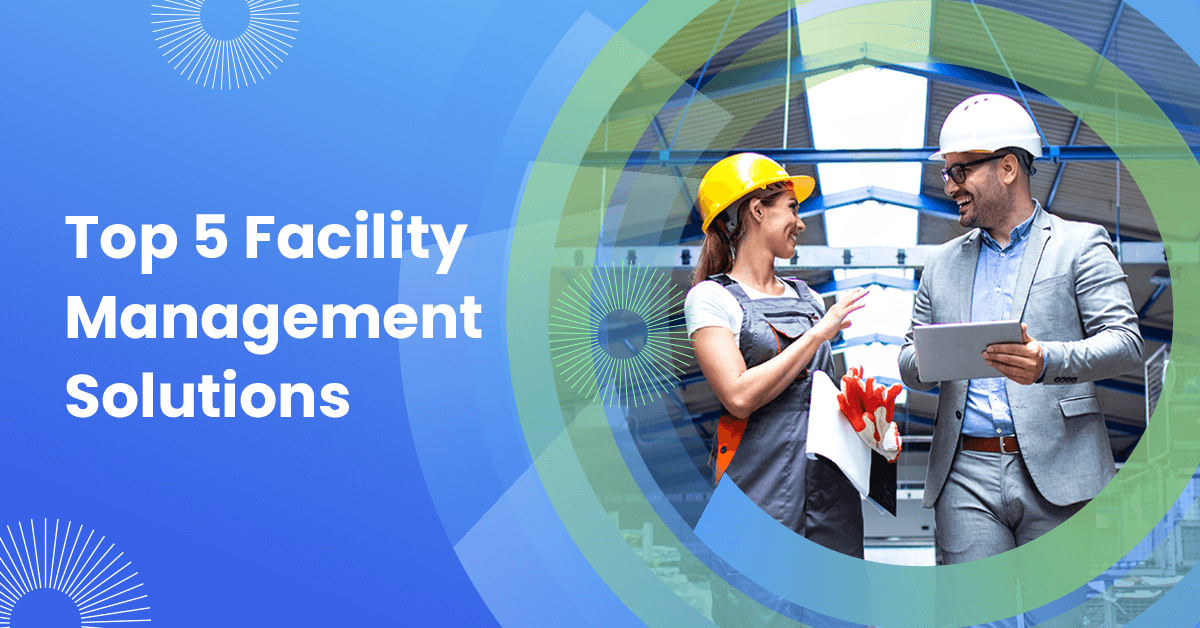The Crucial Overview to Facility Monitoring: Methods for Success
Center management plays an essential duty in the general success of a company, functioning as the foundation that supports productivity, efficiency, and security. By employing strategic techniques such as integrated technical solutions and cultivating cross-departmental partnership, organizations can significantly enhance their operational foundations. The subtleties of effective facility management extend beyond simple logistics and call for a comprehensive understanding of both measurable and qualitative metrics. As we check out these necessary techniques, a closer examination reveals just how they can change not just facilities, however the very culture within a company itself. What might these changes resemble in method?
Recognizing Center Administration
What comprises reliable center administration? Efficient facility monitoring includes the control of various business functions to make sure that developed environments are risk-free, effective, and conducive to productivity. Facility Management. It integrates the principles of business, architecture, and design administration to create a seamless operational flow within a company
Secret aspects of center administration consist of room planning, maintenance monitoring, and conformity with wellness and security regulations. Room planning focuses on enhancing using physical sources to sustain organizational goals, while upkeep management makes certain that centers are kept in optimum problem, taking full advantage of lifespan and minimizing functional prices. Conformity with lawful and regulative criteria is essential, as it safeguards the company against prospective liabilities and improves its track record.
Moreover, reliable center monitoring relies on the strategic usage of modern technology, such as Structure Management Equipment (BMS) and Computer-Aided Facility Management (CAFM) tools. These technologies help with real-time surveillance of structure systems and streamline upkeep processes. Eventually, a comprehensive technique to center monitoring not only advertises operational performance however also fosters a positive atmosphere for visitors and employees alike, driving general business success.
Key Strategies for Optimization
Optimizing center administration needs a strategic technique that aligns functional experiment organizational objectives. To achieve this, the initial vital strategy is the application of incorporated technological services. Making use of advanced software application systems permits real-time monitoring of center procedures, assisting in data-driven decision-making and boosting total performance.
Second of all, routine assessments of facility performance are essential. Performing routine evaluations and audits allows facility managers to recognize areas that need improvement, making certain that sources are assigned efficiently. This aggressive technique assists in minimizing downtime and improving solution distribution.
Another vital technique is promoting partnership throughout departments. By urging open communication in between groups, center managers can better align their approaches with service goals, leading to improved operational synergy. Additionally, engaging team in training programs promotes a society of accountability and enhances their capability to add to optimization efforts.
Enhancing Safety And Security Methods
Strengthening safety procedures is necessary for developing a secure atmosphere within centers. A thorough safety and security procedure not just shields staff members and visitors yet likewise improves functional effectiveness. To accomplish this, facility managers must carry out normal danger assessments to determine potential hazards and make sure that ideal procedures remain in area.
Training and education are essential components of efficient safety procedures - Facility Management. Employees should obtain ongoing training in emergency situation treatments, tools handling, and personal safety procedures. Regular drills, such as fire emptyings or lockdown procedures, foster familiarity and readiness amongst personnel
Additionally, clear interaction channels have to be established to report safety and security problems immediately. This consists of creating an obtainable system for employees to articulate prospective risks or occurrences without concern of reprisal. Moreover, leveraging innovation can enhance safety and security actions; for example, applying monitoring systems and gain access to controls helps monitor center activities and restrict unauthorized entrance.
Finally, conformity with regional laws and sector requirements is non-negotiable. Regular audits and evaluations of safety procedures guarantee placement with current regulations and finest techniques. By prioritizing these techniques, facility managers can cultivate a society of safety and security that shields all stakeholders and inevitably adds to the organization's article success.
Improving Work Environment Atmosphere

Ergonomic factors to consider are important to minimize physical strain and discomfort. Facility Management. This involves providing adjustable furnishings, proper illumination, and appropriate area for motion. These adjustments can result in reduced absence and boosted work contentment
Visual appeals play a vital role fit the work environment environment. Utilizing shade psychology, all-natural lighting, and plant can cultivate a welcoming and boosting atmosphere. Attentively created areas can improve creative thinking and boost total health.
In addition, motivating worker interaction through comprehensive decision-making processes can improve the sense of possession and belonging. Gathering responses on work environment renovations and involving staff members in the design process can lead to a much more tailored environment that satisfies their requirements.
Finally, advertising health efforts, such as wellness programs and relaxation spaces, can further add to an encouraging work environment society. By focusing on these techniques, facility managers can successfully improve the workplace setting, driving both worker fulfillment and business success.
Determining Success in Facilities
Determining success in facility management requires a thorough method that assesses both qualitative and measurable metrics. Quantitative metrics commonly include essential efficiency signs (KPIs) such as space use prices, energy intake, maintenance prices, and tenancy degrees. These metrics offer a clear image of functional performance and monetary site link efficiency, permitting center supervisors to recognize locations for enhancement and criteria versus industry requirements.
Qualitative metrics, on the various other hand, focus on customer complete satisfaction and worker engagement. Studies and comments systems can determine just how well the centers meet the requirements of owners, helping to analyze the overall workplace atmosphere. This element is crucial, as a completely satisfied labor force is frequently connected to enhanced productivity and retention rates.
To effectively determine success, center supervisors ought to additionally consider integrating technology, such as developing management systems and information analytics tools, to accumulate and examine appropriate data. On a regular basis reviewing both collections of metrics enables an extra balanced view of efficiency and informs strategic choices. Eventually, a successful facility administration technique depends upon a commitment to continual enhancement, making sure that both functional effectiveness and user complete satisfaction are focused on.
Final Thought

Center administration plays a vital function in the total success of an organization, serving as the backbone that sustains safety and security, performance, and productivity.Key elements of center monitoring include area preparation, maintenance management, and conformity with health and safety regulations.Furthermore, reliable center monitoring relies on the tactical use of modern technology, such as Building Management Equipment (BMS) and Computer-Aided Facility Administration (CAFM) tools. Inevitably, a detailed approach to center monitoring why not try these out not only advertises operational performance yet likewise fosters a positive setting for workers and site visitors alike, driving total organizational success.
Eventually, a successful center administration strategy hinges on a dedication to continuous renovation, making certain that both operational performances and user complete satisfaction are focused on.